Scientists have proven that peer-to-peer learning improves academic performance
Researchers from Malaysia analyzed more than twenty scientific papers devoted to the method of mutual learning (or peer-to-peer) and its impact on students' progress.
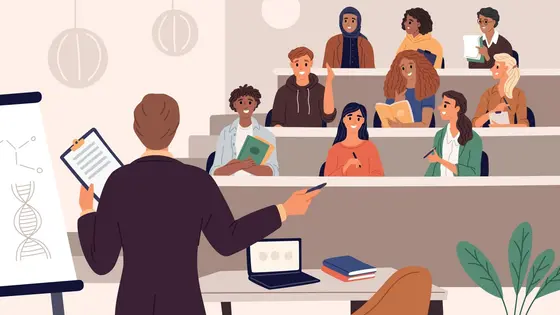
In their own study, published in the International Journal of Educational Research Open, they confirmed that the use of the P2P educational model indeed improves students' performance in STEM subjects, namely science, technology, engineering, and mathematics.
Interestingly, the meta-analysis conducted by the scientists showed that students in the P2P system achieved the greatest progress in biology and technological disciplines. Grades in mathematics and chemistry improved only slightly. The researchers explain this by the nature of the subjects themselves, as biology and technology curricula are more practice-oriented. It is in practice that students find it easier to explain topics to each other.
Additionally, the scientists compared two types of mutual learning. In the first, classmates teach each other, while the second involves students of a different age, such as those several grades ahead, acting as teachers. The meta-analysis did not reveal significant differences in the effectiveness of the two types, but the peer teaching method turned out to be slightly more effective.
The study also showed that the peer-to-peer model has a positive impact not only on students' academic performance and learning speed but also on other crucial indicators, such as self-esteem, critical thinking, self-regulation, and intrinsic motivation.
Mutual learning refers to an educational model in which the participants in the learning process-both the students themselves and those acting as teachers-are on equal footing. This is why the peer-to-peer system lacks administrative hierarchy, as well as the traditional educational directives and punishments. There is no strict classification for P2P methods, but the most common scenarios include: a more experienced student teaching a less experienced or younger one; students exchanging knowledge and clarifying misunderstandings during discussions; learners forming groups, for example, to prepare for exams or work on a study project; students reviewing each other's work and providing constructive feedback; and many other variations of mutual learning. Each of these allows students to develop soft skills, approach the learning process more consciously, delve deeper into the material, memorize faster, and better absorb new information.
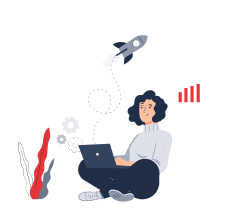

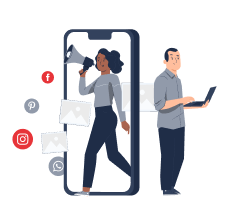
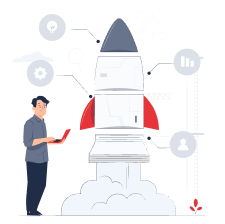

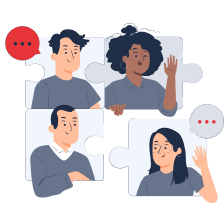
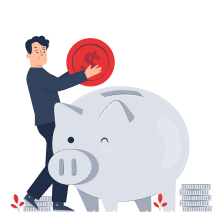

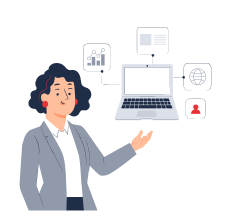
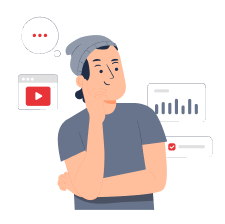

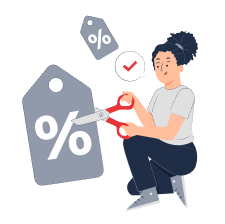
 How to Keep New Year’s Resolutions: A Detailed Guide to Real Change
How to Keep New Year’s Resolutions: A Detailed Guide to Real Change
 6 Life Areas You Have Almost Certainly Never Paid Attention To
6 Life Areas You Have Almost Certainly Never Paid Attention To
 How Not to Lose Focus When Learning Everything at Once: The Art of Selective Development
How Not to Lose Focus When Learning Everything at Once: The Art of Selective Development
 Test. What Winter Dessert Are You?
Test. What Winter Dessert Are You?
 Test: What Kind of Ancient Goddess Are You?
Test: What Kind of Ancient Goddess Are You?
 Test: Which Great Woman Would Invite You for Tea?
Test: Which Great Woman Would Invite You for Tea?
